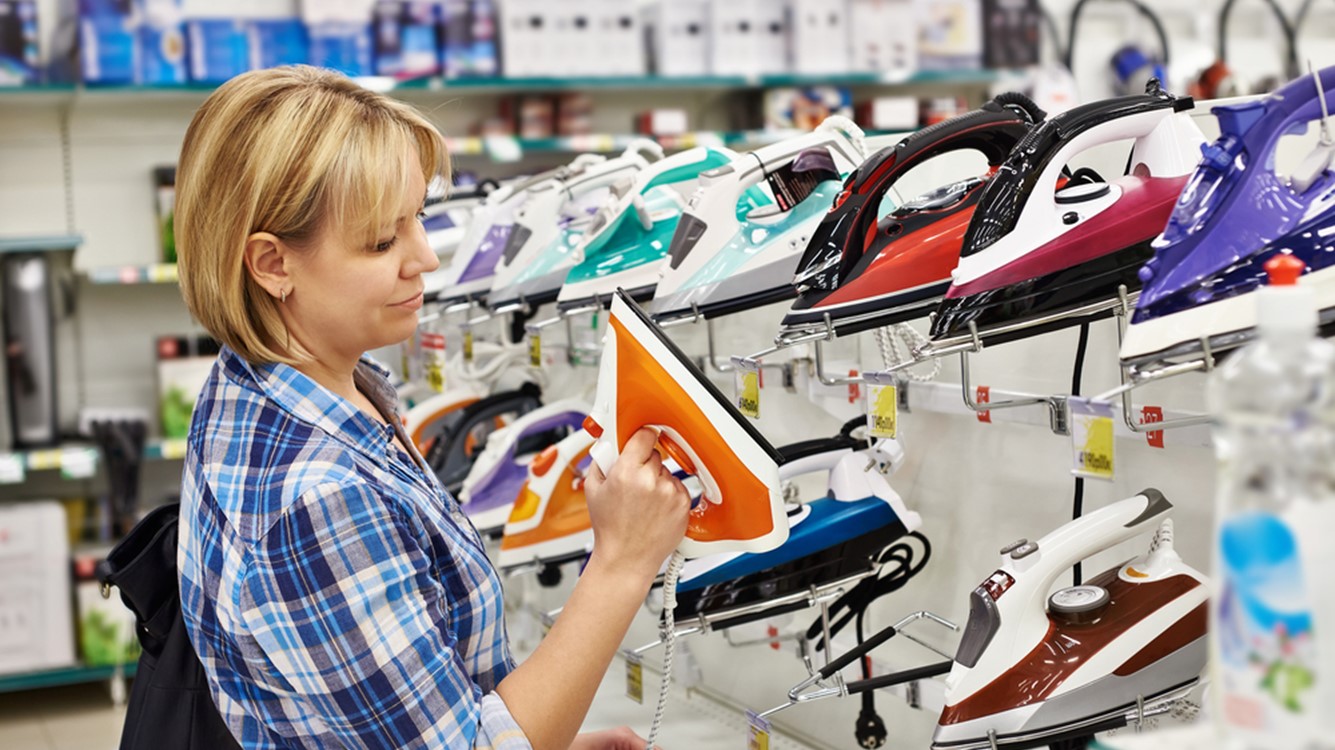March retail sales beat expectations
Consumers picked up the pace of spending in March.

April 15, 2024
US consumers opened their wallets in March. Retail sales rose 0.7%, above the consensus expectation of 0.4%. February retail sales were revised upward to 0.9% from 0.6%. Although the March report contained a number of categories that fell, the categories that rose punched above their weight. Milder temperatures influenced the sales for certain items in opposing directions.
Sales of motor vehicles and parts fell 0.7% in March. The weakness in March sales was telegraphed by the unit sales figures released earlier this month that showed a decline. That follows an exceptionally strong jump of 2.7% in motor vehicle sales in February, which was the largest increase in more than a year. Excluding motor vehicle sales, retail sales rose 1.1% in March.
Electronics and appliance stores sales fell 1.2% while furniture sales declined 0.3%. The weak performance in those two categories could be related to a less certain outlook for the housing sector. Potential buyers have seen mortgage rates climb half a percentage point in March, reducing affordability.
Building materials, garden equipment and supply dealers’ sales bucked the trend, rising 0.7% in March. The arrival of Spring and warmer-than-usual temperatures across the nation motivated current homeowners to spruce up their homes.
Clothing store sales declined 1.6%. Winter clothing is likely piling up on sales racks from the milder weather. Higher apparel prices, up 0.7% in March, did not aid in moving the merchandise.
Sales at general merchandise stores rose 1.1%, the largest increase in nearly a year. Big-box retailers posted strong sales at the expense of department stores, which declined 1.1%. The burn of inflation is still impacting many shoppers but benefiting warehouse-style stores as buyers look for relief.
Online sales rose 2.7%, the largest increase in more than two years. E-commerce sales continued to outperform, rising 5.6% from a year ago, versus overall retail sales, which were up 2.4% annually.
Sales at restaurants and bars increased 0.4% in March. Consumers continue to engage in social activities, which was also evidenced by elevated services prices.
Core retail sales, which feed into the calculation of GDP, increased 1.1%, exceeding expectations for a 0.4% increase. That was the largest increase in more than a year. February’s reading was revised higher to 0.3% from the no-change previously reported. That implies real personal consumption expenditures (PCE) is tracking at a 3.0% annual rate for the first quarter. Real GDP growth is estimated at 2.3%; both are up from our earlier estimates.
The resiliency in the consumer, buttressed by employment and income gains, outweighed the concerns of stubborn inflation.
Ken Kim, KPMG Senior Economist
Bottom Line
Consumers picked up their spending further in March. The resiliency in the consumer, buttressed by employment and income gains, outweighed the concerns of stubborn inflation in recent months. The data suggest that any interest rate cut by the Federal Reserve will not occur until much later in the year.
Explore more

Retail sales increased in February
Consumers regained their footing.

KPMG Economics
A source for unbiased economic intelligence to help improve strategic decision-making.

A supply drought
Housing, inflation & the Fed
Subscribe to insights from KPMG Economics
KPMG Economics distributes a wide selection of insight and analysis to help businesses make informed decisions.
Meet our team

